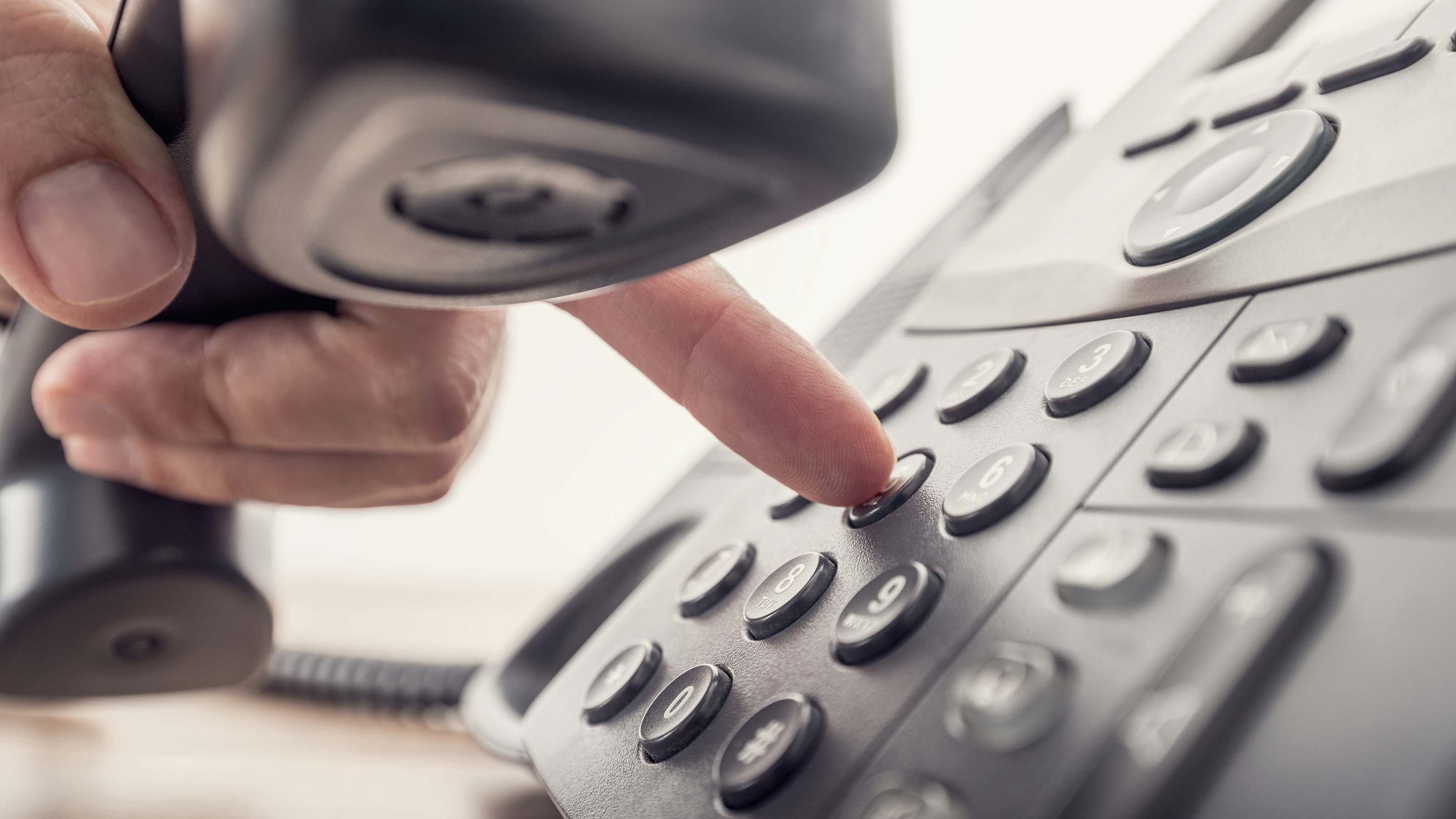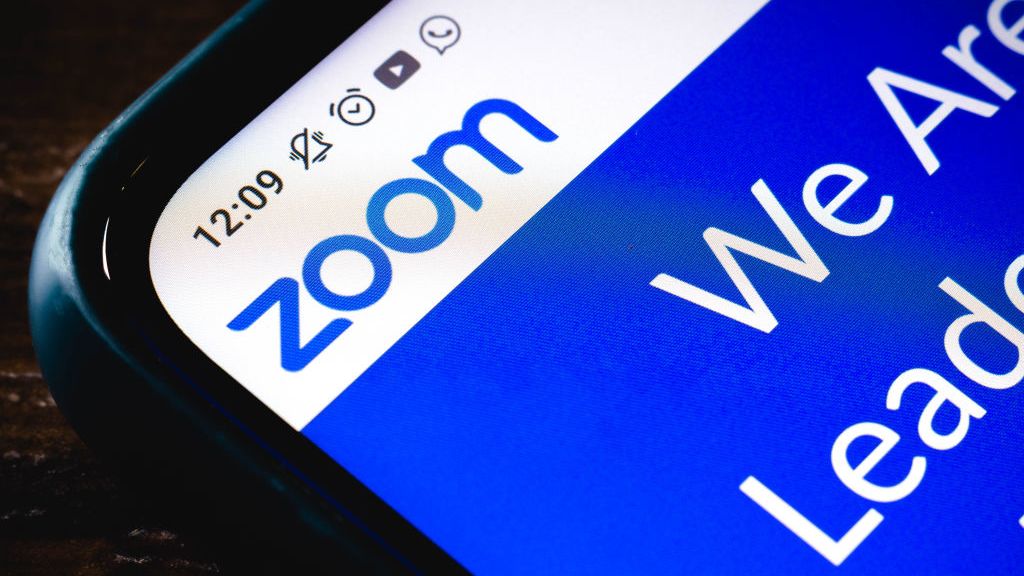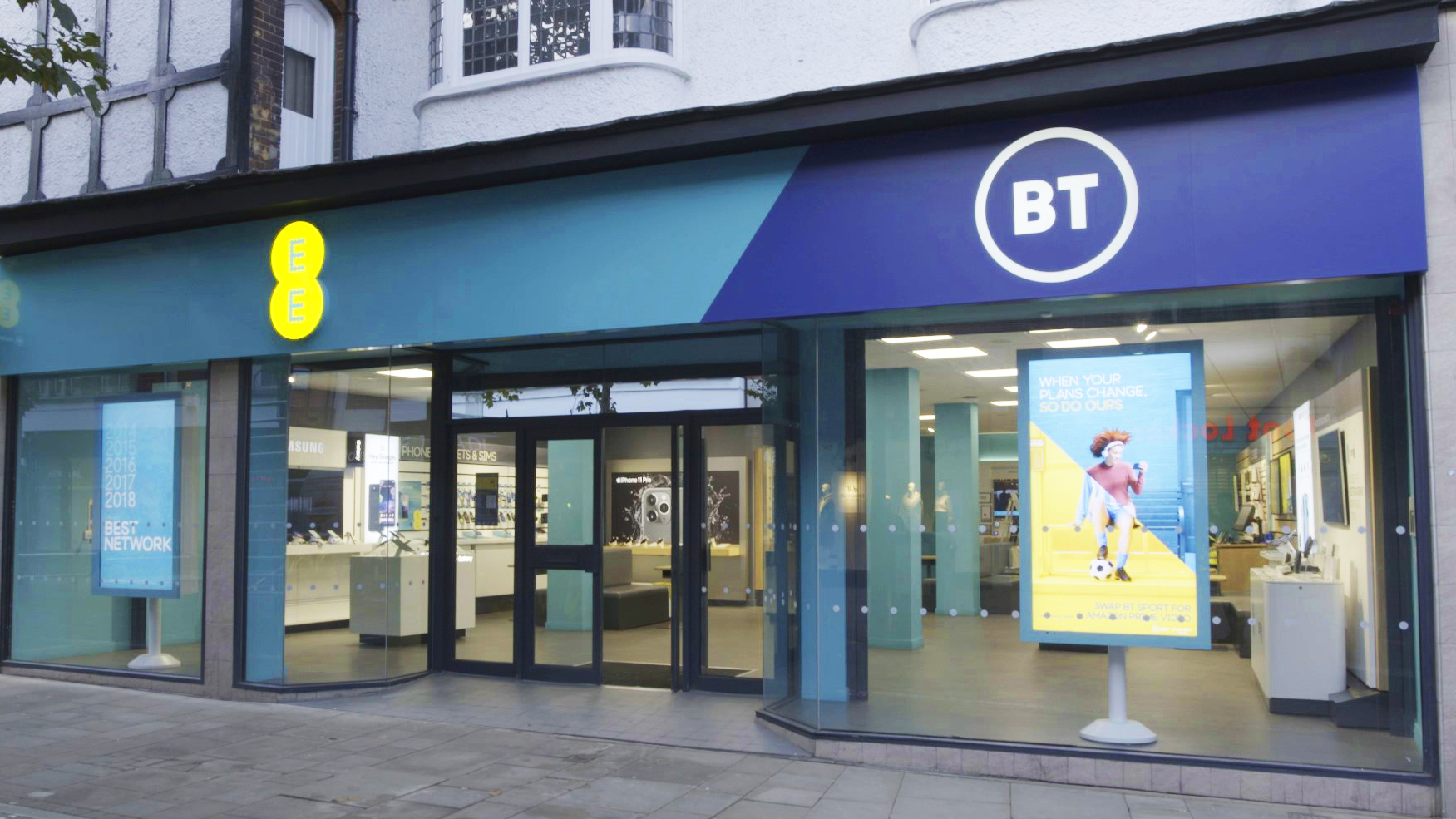The great telephone switch-off
The traditional telephone network is being switched off in 2025. What does this mean for business owners?


The telephone network that we’ve relied on for decades is coming to an end. The UK’s public switched telephone network (PSTN) is being shut down in 2025, and traditional telephony products will stop being sold in as little as 18 months’ time.
The closure puts on notice everything from your home landline to the office phone system, from burglar alarms to traffic lights. They’ll all need to be migrated to digital technology within the next few years or they’ll stop working. ISDN lines are another casualty.
We’ve spoken to the person responsible for managing the switch-off and other industry experts to find out precisely what effect this will have on businesses – and why you need to start planning now for the great British switch-off.
What’s being switched off?
Although the switch-off hasn’t been widely publicised yet, there’s already some confusing, contradictory and wrong information being distributed about what’s being switched off, so let’s try and get to the bottom of it.
By far the most critical pieces of infrastructure to go are the phone lines. By 2025, every phone line in the country will be IP-based, instead of running over the traditional PSTN. That means the landline phone plugged into the wall will be redundant by 2025 (although some communications providers may offer workarounds, which we’ll come to).
The shutdown won’t only affect phone systems; it’s also going to affect any piece of tech that relies on a traditional phone line, including emergency phones in lifts, panic alarms, information displays, door-entry systems, CCTV and EPOS payment terminals.
“It’s a pretty big challenge,” says James Lilley, director of managed customer migrations at Openreach, who is overseeing the switch-off. “There are all sorts of what we call ‘economy special services’ that hang off that network,” he adds, referring to the devices fitted with telephone lines mentioned above. “They’re the ones that probably give us the biggest challenge in terms of migration and moving them over the coming years.”
Get the ITPro daily newsletter
Sign up today and you will receive a free copy of our Future Focus 2025 report - the leading guidance on AI, cybersecurity and other IT challenges as per 700+ senior executives
Hanging up on the landline
Before we get onto that compendium of tech that hangs off the PSTN, let’s deal with telephones themselves. For home customers, James Lilley says that the providers currently supplying phone and internet services will deliver solutions to allow customers to keep using their existing handsets.
“What we’re seeing most communications providers do now is include analogue converters in their [internet] hubs,” he says. “So, you can take that same handset, and instead of plugging it into the wall, you plug it in the back of your router. Essentially, that will convert you to digital voice over the router.” Existing telephone numbers will be ported to a new VoIP system.
Business telephone systems, however, are a great deal more complicated than home landlines, and few companies have much expertise and experience in upgrading and managing them. After all, it’s perfectly likely that many small businesses had a PBX installed a decade or two ago and have barely touched it since. Some telephone systems will still be based on ISDN lines, which are also facing the chop in 2025.
Research conducted by Zen Internet shows that 72% of businesses are reliant on traditional telephony, more so in large enterprises. Yet the research also found that a third of SMEs were unaware of the future switch-off, with 17% of large businesses still in the dark.
Alex Bloor, general manager at Andrews & Arnold (A&A), says that the PSTN switch-off is a good opportunity for businesses to take advantage of the benefits that IP telephony brings – indeed, most of his company’s customers already have. “Our customers are either businesses with phones on desks, in which case they typically want something designed for purpose – and there are some really great, fairly cheap VoIP handsets by companies like Snom,” he says.
“Or, we have customers who put one of our SIP2SIM cards in a mobile phone,” he adds. SIP2SIM basically allows a customer to insert a SIM card in any mobile phone (not even necessarily a smartphone) and have it work like an office phone that’s tied to your desk. When you call out from the phone, it appears with the firm’s geographical “landline” number.
Zen Internet’s Jon Perkins says the company has stopped selling traditional telephony products to business customers, and is focusing on helping them prepare for the switch. “We’re signalling what’s coming and when, and giving them solutions,” he says. “And we’re often taking a bit of a margin hit, so we’re investing ahead of time to avoid what could be a much bigger risk. There’s a [cost] incentive to move customers off traditional copper-based voice services onto digital.”
That incentive applies to the company’s customers too, says Perkins, with customers able to buy a chunk of call minutes much more cheaply than traditional phone tariffs. “You generally save a lot of money [on calls],” he says.
As for ISDN, that was already a diminishing force in businesses, and the events of the past 18 months have given it a further shove towards obsolescence. Perkins describes his company as “exhibit A” for such a migration, having moved from an ISDN call centre to a hosted VoIP platform when its 200 customer support staff suddenly had to start working from home. “Lots of other call centres and colleagues in the telecoms industry have shared the same experience,” he adds.
ISDN’s diminishing customer base means it will barely be a problem in 2025, but there’s one area where it’s stubbornly clinging to life, and that’s in the “specials” market such as bus shelters, traffic lights and other utility devices that are going to prove more stubborn to shift.
The long tail
This brings us to those hard-to-budge devices we mentioned earlier: the burglar alarms, lift phones, panic alarms, traffic lights and all those other devices that rely on an old-fashioned phone line to call home.
Openreach’s Lilley admits that this huge swathe of non-telephony devices is going to pose the biggest challenge, but measures are in place to ensure a smooth migration. “We’ve got people coming into the tent now from a lot of trade bodies, representing a lot of the industries that use this network – like the alarm industry, the water industry and some of the utilities,” he explains. “They’re increasingly working with us to make sure that they’re messaging out to their suppliers the need to make sure that their equipment is compatible with IP.”
Lilley admits that “there will come a point in time where we need to switch this network off and, if customers haven’t migrated, there will be some tough choices to make”.
“The key thing is when we look at the critical stuff like health pendants, for example… they’re the ones we really, really need to make sure as an industry that we’re identifying and having the right migration policies and support in place for in the coming years.”
Some industries are better prepared than others. Barry Forsyth owns alarms business InstallSmart and points out that his industry has already migrated many alarm systems to either cellular or IP-based systems. “If your alarm was fitted by an accredited installer, they should have been proactive and upgraded those systems to a different signalling path,” he says.
However, he acknowledges that there will still be instances where business owners have ignored messages urging them to upgrade, or where alarm fitters have gone out of business. He’s particularly concerned about fire alarms, as there could obviously be life-or-death implications if they’re not upgraded before PSTN is switched off.
At the same time, Forsyth warns consumers and businesses to be wary of alarm companies using the PSTN switch-off as an excuse to sell an entire new alarm system when only the control box needs replacing. “I can’t think of a product that wouldn’t be upgradable [to cellular or IP signalling],” he says.
One solution for many products still relying on PSTN is similar to what will happen with domestic phone lines – an analogue telephone adapter (ATA) will be used to connect them to the digital network. “I suspect we’ll see a lot of emergency panic-button pendants hastily plugged into ATAs with weeks to spare until the deadline in 2025, and some will work and some might not,” says A&A’s Alex Bloor.
Inevitably, there will be some legacy products that haven’t been upgraded when the switch is finally flicked in 2025. “I strongly suspect there will be cases when someone gets trapped in a lift and stuck there all night… or when an old person trips over and presses the button, and nothing happens,” says Bloor.
“We may well hear some of these stories, but on the other hand, I wouldn’t use that as a stick to beat up BT with. Ultimately, we all knew that the days of PSTN were numbered when VoIP really started to take hold. It’s just one of those things. It’s been a hundred years, for goodness’ sake!”
Barry Collins is an experienced IT journalist who specialises in Windows, Mac, broadband and more. He's a former editor of PC Pro magazine, and has contributed to many national newspapers, magazines and websites in a career that has spanned over 20 years. You may have seen Barry as a tech pundit on television and radio, including BBC Newsnight, the Chris Evans Show and ITN News at Ten.
-
 Should AI PCs be part of your next hardware refresh?
Should AI PCs be part of your next hardware refresh?AI PCs are fast becoming a business staple and a surefire way to future-proof your business
By Bobby Hellard Published
-
 Westcon-Comstor and Vectra AI launch brace of new channel initiatives
Westcon-Comstor and Vectra AI launch brace of new channel initiativesNews Westcon-Comstor and Vectra AI have announced the launch of two new channel growth initiatives focused on the managed security service provider (MSSP) space and AWS Marketplace.
By Daniel Todd Published
-
 What the UK can learn from the rest of the world when it comes to the shift to IP
What the UK can learn from the rest of the world when it comes to the shift to IPSponsored From the Netherlands to Singapore, UK organisations can learn lessons from forward-thinking countries and make the PSTN switchover as seamless as possible
By Keumars Afifi-Sabet Published
-
 The big PSTN switch off: What’s happening between now and 2025?
The big PSTN switch off: What’s happening between now and 2025?Sponsored The challenges of adopting IP telephony can be overcome, but you don't have long to act
By Rory Bathgate Published
-
 How digital marketing will evolve beyond social media
How digital marketing will evolve beyond social mediaIn-depth Twitter's ongoing destabilisation proves businesses can't rely on social media for digital marketing forever
By Elliot Mulley-Goodbarne Published
-
 TD Synnex Maverick announces availability of Zoom for partners in Europe
TD Synnex Maverick announces availability of Zoom for partners in EuropeNews Partners now have access to the entire Zoom portfolio, including unified communications platform Zoom One
By Daniel Todd Published
-
 Best Twitter alternatives for businesses and IT professionals
Best Twitter alternatives for businesses and IT professionalsIn-depth With its long-term viability as a networking and commercial space in question, the industry is casting its eye to several Twitter alternatives
By John Loeppky Published
-
 BT Wholesale is bringing EE’s mobile connectivity to partners
BT Wholesale is bringing EE’s mobile connectivity to partnersNews The partnership will provide access to EE’s 4G and 5G networks as the PSTN switch-off approaches
By Daniel Todd Published
-
 Why engineering teams love Slack
Why engineering teams love SlackWhitepapers The adaptive collaboration hub for software engineering
By ITPro Published
-
 Avaya's Wavenet partnership aims to deliver affordable enterprise-quality UCaaS
Avaya's Wavenet partnership aims to deliver affordable enterprise-quality UCaaSNews The collaboration combines unified-communications-as-a-service (UCaaS) and contact centre-as-a-service (CCaaS) with bundled calls and minutes
By Daniel Todd Published